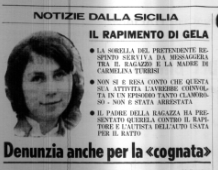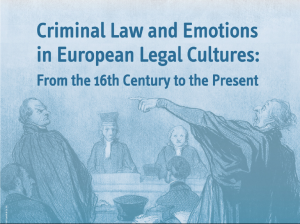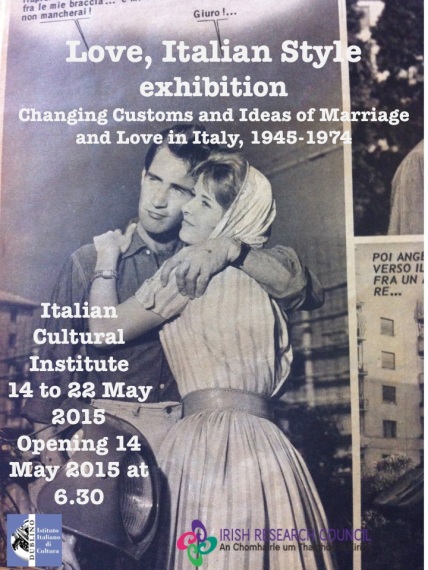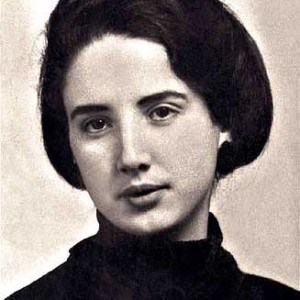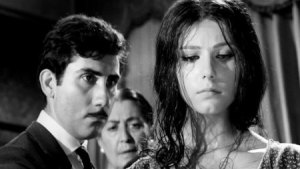
I’ve been thinking about dowries and trousseaus a bit lately. While the dowry was on the decline by the 1950s, most Italian women still married with a corredo or trousseau. Traditionally this was a collection of hand-sewn linens and typically included bed sheets and pillow cases as well as towels, napkins and table cloths. A girl might work steadily on her corredo throughout her adolescence. Sandro lived in a village south of Rome and met his wife in the late 1950s; he knew she was responsible and serious since she worked on her corredo each evening after a day’s work on the farm. This was before she had even met her future husband. In rural Tuscany, Laura listed in meticulous detail the items she had brought with her when she married in 1950; a blue cotton bed cover, four sheets, four pillow cases, one dishcloth, six towels, two night dresses and twelve nappies. The fact that she was able to remember the exact number of each item she brought more than thirty years later, is an indication of the value – practical and sentimental – that the corredo held for her. She had almost certainly sewn everything all herself and in the small sparsely furnished home than she and her husband shared in their first years of marriage, each of the items she brought would have been put to continual use. read more
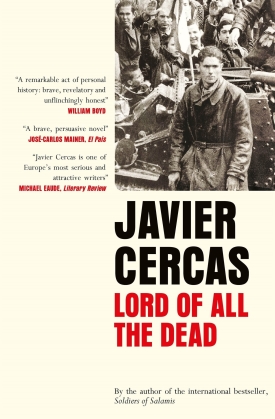 Having loved both Javier Cercas’ fiction and The Imposter, his recent non-fiction investigation of an historical fraud, I was excited to read his latest book, The Lord of all the Dead. Written somewhat in the style of The Imposter, is a book of two, factual stories; that of Cercas’ great uncle who died in the civil war fighting with Franco, and that of the author’s own investigative journey in piecing together the fragments of his family’s uncomfortable fascist past. Continue reading
Having loved both Javier Cercas’ fiction and The Imposter, his recent non-fiction investigation of an historical fraud, I was excited to read his latest book, The Lord of all the Dead. Written somewhat in the style of The Imposter, is a book of two, factual stories; that of Cercas’ great uncle who died in the civil war fighting with Franco, and that of the author’s own investigative journey in piecing together the fragments of his family’s uncomfortable fascist past. Continue reading 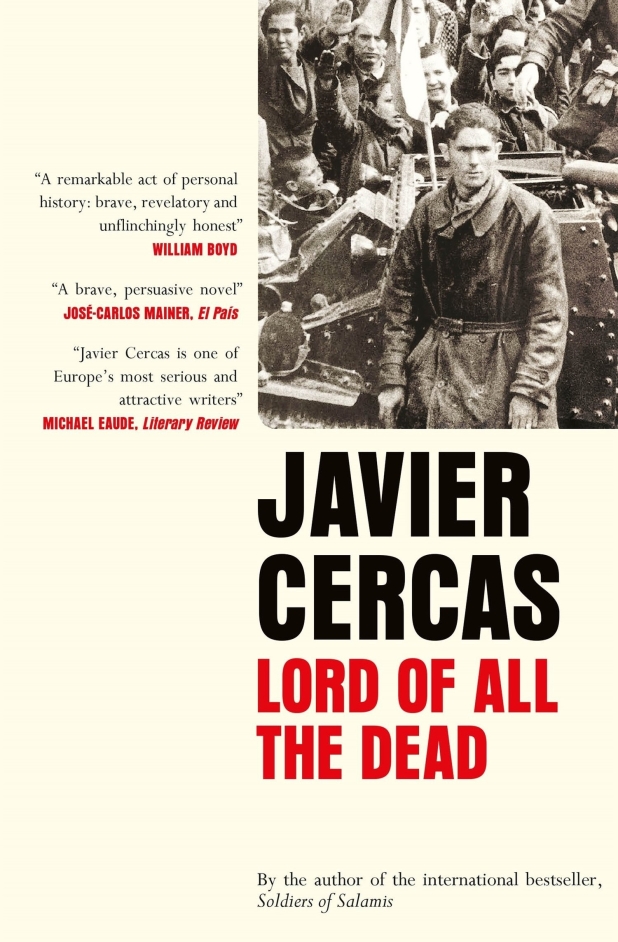
 I woke up in Dublin ths morning to the depressing news that Brexit is actually a reality, having flown here in the evening after casting our votes, for remain, as UK residents. I’m been in shock pretty much all day, never quite believing it would come to this. This evening I had dinner in Dublin in one of my favourite Italian restaurants – entirely staffed by Italian staff living in Dublin – with family who had flown from Germany and Turkey as well as ourselves, from the UK. It’s saddening to think that the world we now live in will be a smaller, narrower one than the one we’ve made in the last few decades.
I woke up in Dublin ths morning to the depressing news that Brexit is actually a reality, having flown here in the evening after casting our votes, for remain, as UK residents. I’m been in shock pretty much all day, never quite believing it would come to this. This evening I had dinner in Dublin in one of my favourite Italian restaurants – entirely staffed by Italian staff living in Dublin – with family who had flown from Germany and Turkey as well as ourselves, from the UK. It’s saddening to think that the world we now live in will be a smaller, narrower one than the one we’ve made in the last few decades. 